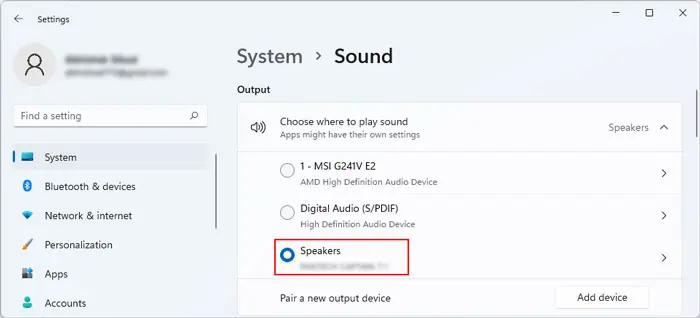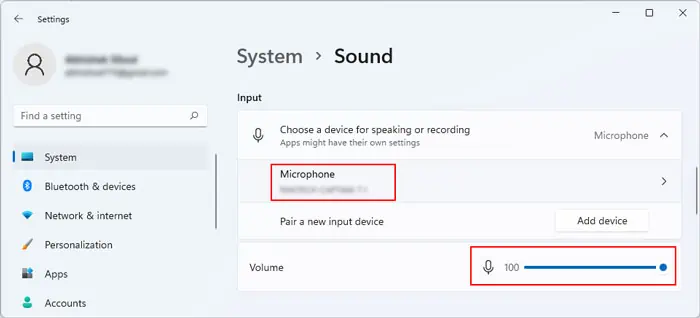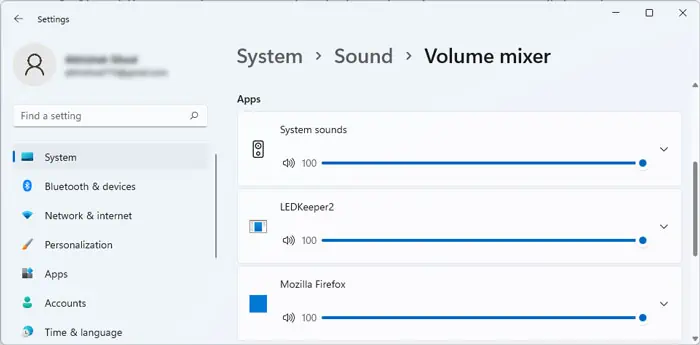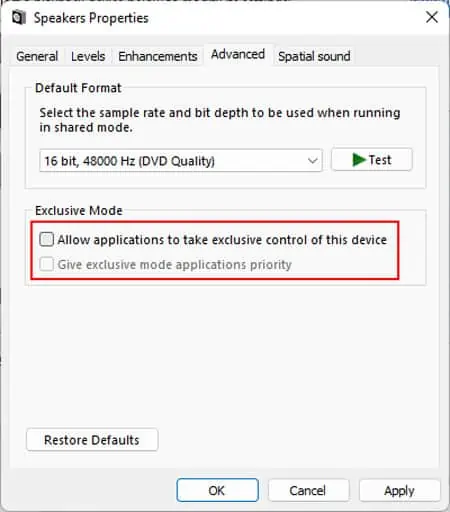Headsets that use USB connectors are extremely convenient to use on a computer. You don’t have to distinguish the connector or port for the microphone and the speaker. Additionally, the audio sounds better with a USB headset.
However, there are some scenarios where the USB headset stops working altogether. It usually happens due to issues with the USB ports or drivers on your system. Improper audio configuration is also equally liable to cause the issue.
In this article, we go through all the possible causes and provide their possible solutions.
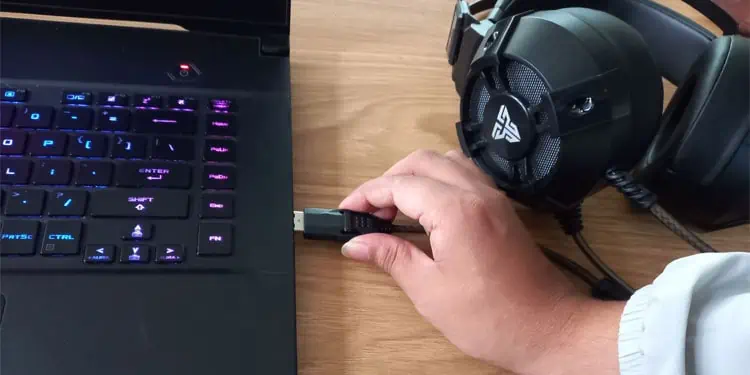
Causes for USB Headset Not Working
Here are the potential reasons for USB headset not working on your system:
How to Fix USB Headset Not Working?
Before moving on to the solutions below, try waiting for some time, especially for USB-C headsets. Many Macbook Pro users have discovered that they have to wait about 2-4 minutes before the headset starts working.
If the headset doesn’t start working automatically after some time, move on to the possible solutions below.
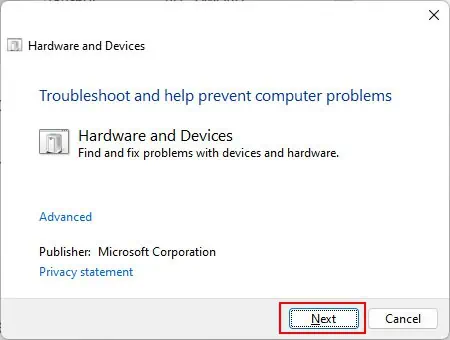
Check Device and Ports
The first thing you should do if your USB headsets aren’t working properly is to check the device and the USB ports. you may perform the following preliminary checks to determine which component has issues:
If you determined that there are some issues with the headset, you need to take it to a hardware expert and see if they can repair it. If they can’t, you should buy a new one. you may also replace yourUSB port if it is not working properly.
If these are not the reasons for your problem, you need to move on to successive solutions to troubleshoot software issues within your system.
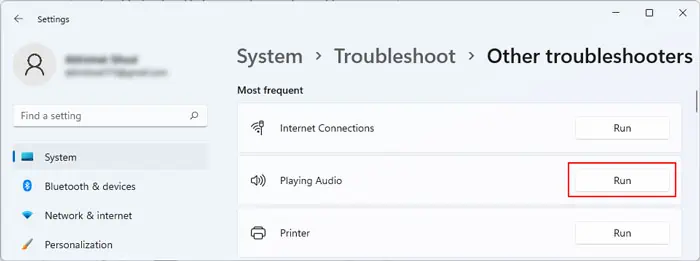
Windows comes with dedicated troubleshooters that scan and fix minor issues with your system components. The Hardware and Devices Troubleshooter does just that for your peripherals, which also includes USB ports and devices.
So you should try running this feature whenever your headsets don’t work. Here’s how you may do so:
you may also try running the audio troubleshooters to troubleshoot potential issues with the audio rather than the USB. To do so,
